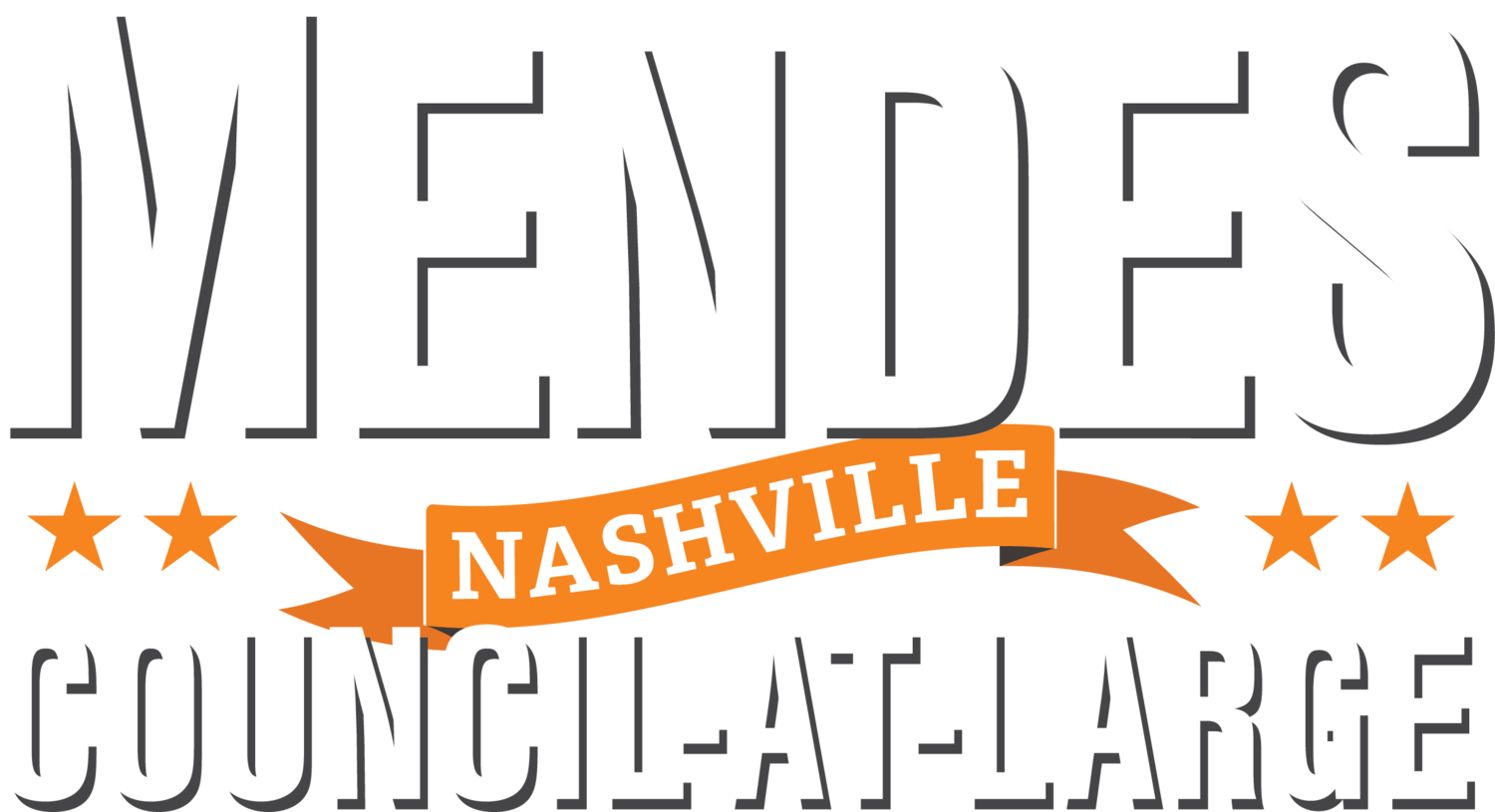While you were sleeping
While everyone is focused on a new football stadium and a new racetrack, the third biggest TIF loan in Nashville history is on the Council agenda next Tuesday, December 20. I don’t have time for a proper post about this. Please excuse the bullet points.
The project is Madison Station, an approximately 32 acre mixed-use development in Madison. See some details here.
On December 20, the Council is considering legislation that would approve an “Economic Impact Plan” that would approve:
The Industrial Development Board (IDB) would be authorized to make $37 million of initial tax increment financing (TIF) loans to the developer.
These loans would be repaid over a number of years — the total expected amount of loan payments made from Metro property tax revenue is $68.8 million.
The Economic Impact Plan would authorize total loan payments from the area of $146 million. In this way, there would be room under this cap for the IDB to make substantial additional new TIF loans in future years.
The $37 million in initial TIF loans would be the third biggest ever in Nashville after Oracle ($175 million) and the Omni Hotel and Country Music Hall of Fame ($61.5 million). In this recent report commissioned by MDHA, it lists out the history of all TIF loans in Nashville. The next biggest TIF loans have been for the Sounds stadium ($28 million initially plus $8.5 million more later) and Fifth & Broadway ($25 million). That gives you some context about the size of the proposed TIF loans for Madison Station.
TIF loans are more than a curiosity. TIF loans lock up future property tax revenue to be spent outside the annual city operating budget for the life of the loans. Proponents say that TIF loans spur economic growth. Opponents say that TIF loans are giveaways that undermine the city’s ability to provide needed constituent services. Either way, everyone should agree that the city should have a policy about how much property tax revenue it wants to pre-spend years in advance outside the annual operating budget process.
As I described in a post in April, the Government Finance Officers Association (GFOA) has a Best Practices which warns that “incentives often carry substantial risk.” Because of this, the “GFOA recommends that jurisdictions create a policy on the appropriate parameters for use of economic development incentives.” Nashville doesn’t have a policy like this. A 2019 report on TIF identified this problem and candidate Cooper promised in his Policy Book, “I will define a strategy.” To date, there is no policy about how much property tax revenue the city would like to commit to TIF loans, and no policy about what the city is trying to incentivize, or where, with TIF loans.
My post in April included a chart showing how the current mayor and council are together locking up an unprecedented amount of future property tax revenue. TIF has about 35 years of history in Nashville. By my math, if the Madison Station TIF loans are approved, the current mayor and council will have approved about 38% of the total TIF loan dollars approved during this 35 year history.
Here’s a quick representation of the principal amount of TIF loans over the years. It doesn’t include the proposed Madison Station loan. This shows that the scale of recent TIF loans (Oracle for $175 million; Madison Station for $37 million) is larger than the previous 30 years.
Based on data from Impact Analysis of Tax Increment Financing dated August 5, 2022
If Nashville had a policy about TIF, I’m relatively confident that the proposed USE of money for Madison Station would be appropriate. But there is no way to say whether the AMOUNT of new TIF loans ($37 million) is fiscally prudent. Should the city approve very large TIF loans where we feel good about the USE of funds in the absence of a policy and in the absence of any serious analysis of the long-term impact from the growing use of TIF in Nashville? I don’t think so.
Again, this is not an academic exercise. If the Council approves a new football stadium, it is a near certainty that the Mayor will present the Council with another very large TIF to build infrastructure on the East Bank. I expect that one to be as large or larger than the $175 million Oracle TIF deal. With the city having committed $175 million for Oracle already and expecting another TIF of that size for the East Bank, we have to ask whether the city has an unlimited capacity to make more TIF deals (which commit future property tax revenue outside of the annual budget process). Is there a maximum amount of future property tax revenue the city is willing to lock up with TIF loans? If there is a maximum, what is it? How far away are we from that maximum, and does the next proposal (Madison Station) get us the most bang for our buck?
I’ll end where I started — I suspect that the Madison Station legislation, and the related very large TIF loan, and any discussion about what it means for the budget in the future, will receive relatively little discussion due to the fact that the city and the Council are so focused on the football stadium legislation.

